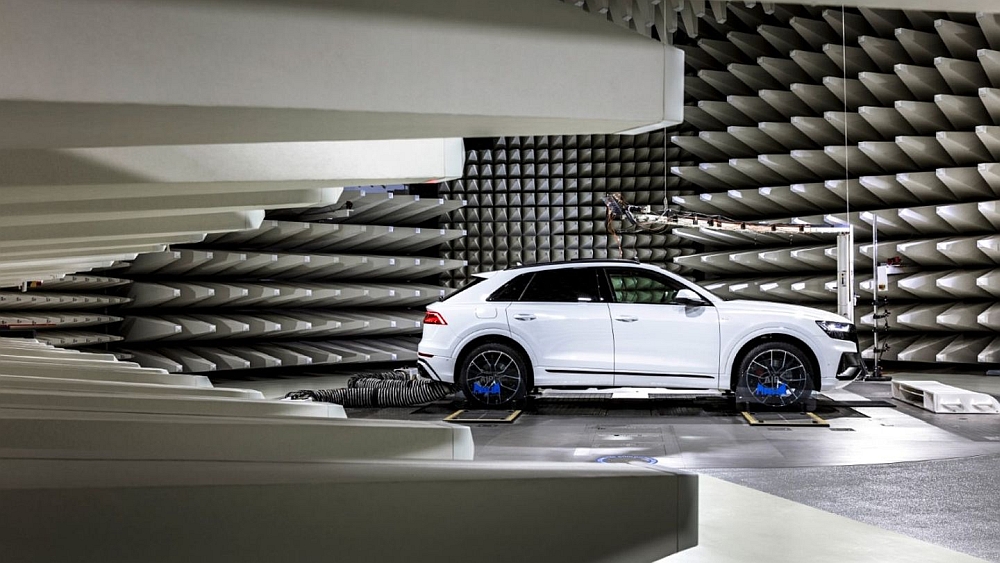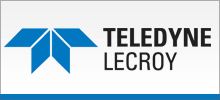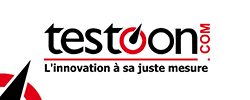- China CATARC Automotive Engineering Research Institute has selected Rohde & Schwarz to supply a vehicle antenna test (FVAT) system and support services.
- The system is required to optimize the performance and location of antenna modules, verify compliance with wireless and EMC standards and ensure proper operation of a vehicle’s wireless system.
Today´s vehicles support a multitude of wireless standards requiring antennas, such as satellite navigation (GNSS), tire pressure monitoring systems (TPMS), keyless entry (e.g. UWB) and cellular connectivity (4G, 5G). The challenge for tier 1 component suppliers and OEM vehicle designers is to ensure optimal performance of individual antenna modules and entire vehicles after the systems have been integrated. This is particularly demanding because the material and shape of a vehicle body affects antenna performance, and different standards often use similar frequency bands.
The turnkey solution for full-vehicle active and passive antenna tests that Rohde & Schwarz is supplying to the Chinese institute located in Tianjin includes a full anechoic over-the-air (OTA) test chamber, a turntable, an antenna gantry and vehicle lift, the R&S TS8991 test system and R&S AMS32 OTA measurement software. Furthermore, Rohde & Schwarz is providing project services such as system engineering, training, on-site installation and calibration. The automotive research institute and their clients can characterize the entire vehicle antenna radiation pattern in 3D, facilitating optimal positioning and integration of antenna modules and supporting validation as well as certification of antenna systems in a controlled RF environment.
Over-the-air (OTA) test systems provide passive and active OTA antenna measurements using a single probe setup with high measurement accuracy and optional extension of the frequency range to millimeterwave bands, covering the main wireless communication bands and even automotive radar frequencies.
The Chair of High-Frequency Engineering of the Technical University of Munich developed an near-field to far-field (NF-FF) transformation algorithm called fast irregular antenna field transformation (FIAFTA), which has been integrated into R&S AMS32. The algorithm ensures that the antenna pattern of the full vehicle can be obtained in a relatively compact test environment such as an anechoic chamber rather than the real far field range length of hundreds of meters. This feature allows extrapolation of results in areas where mechanical constraints or reflections make measurements impossible. The CAD shape of the vehicle can also be imported into the analysis software.






